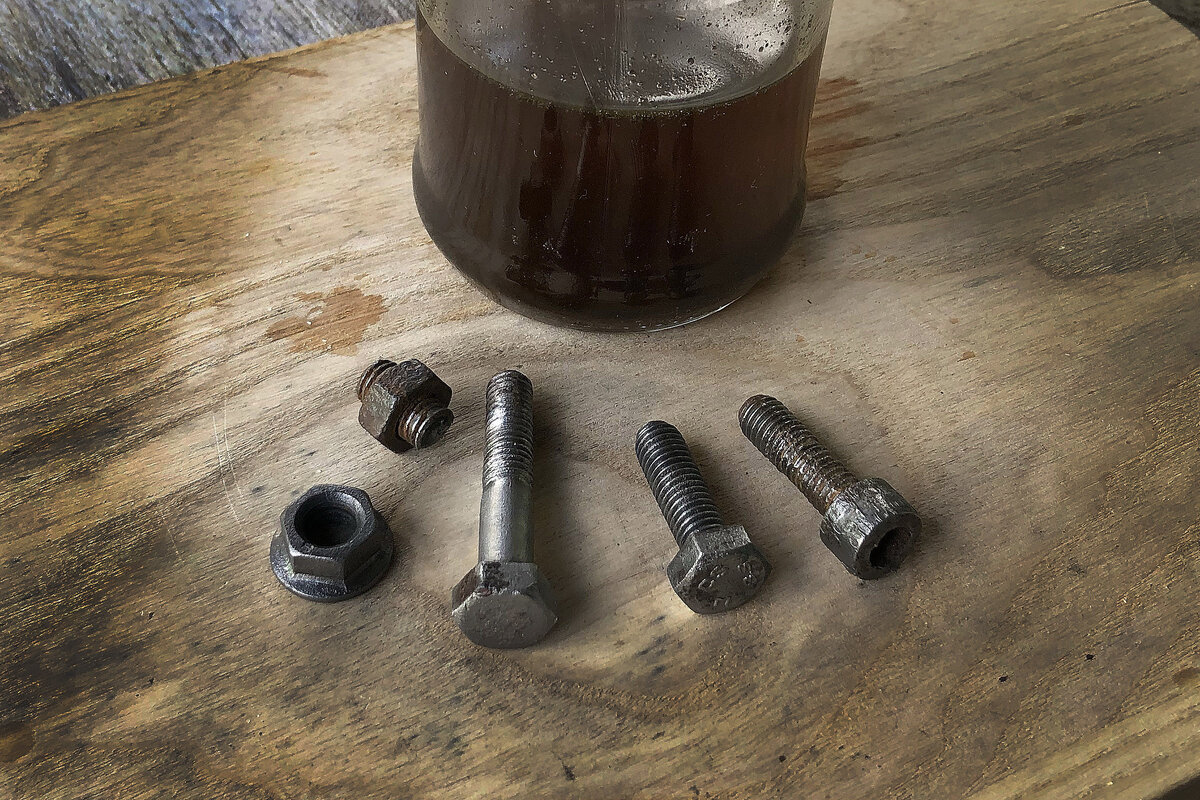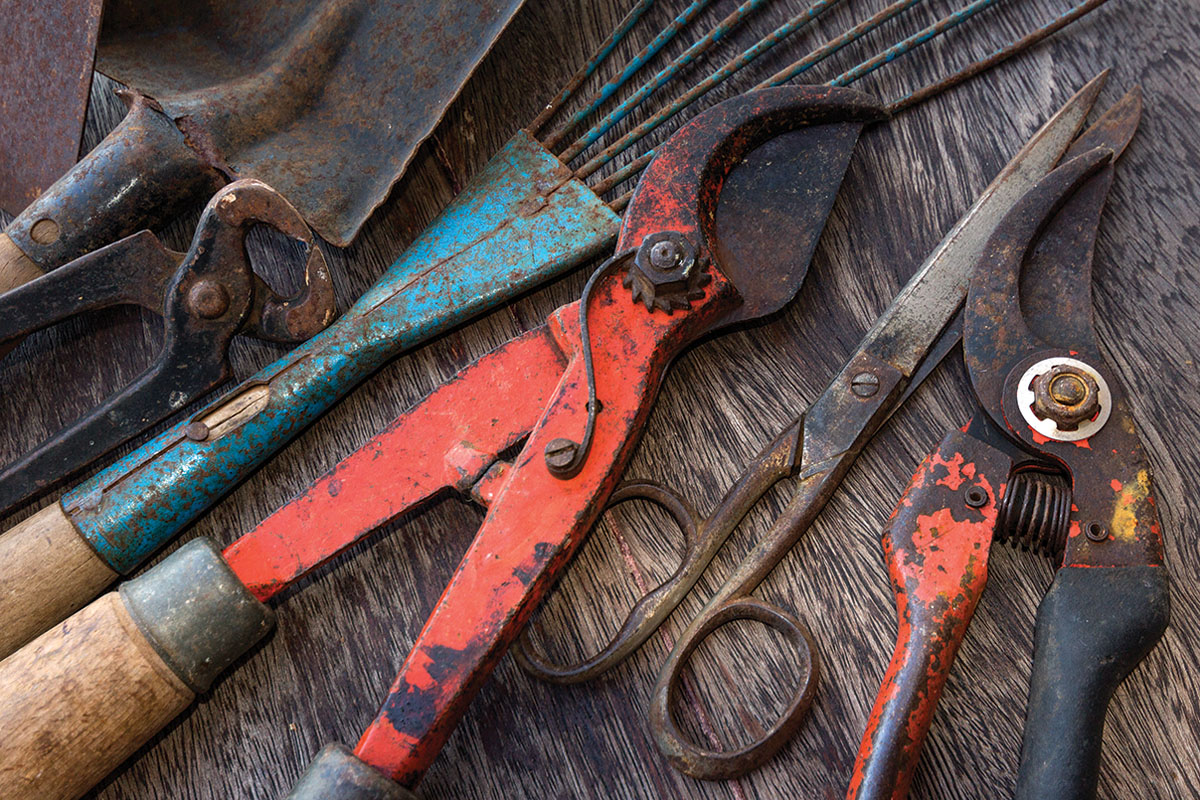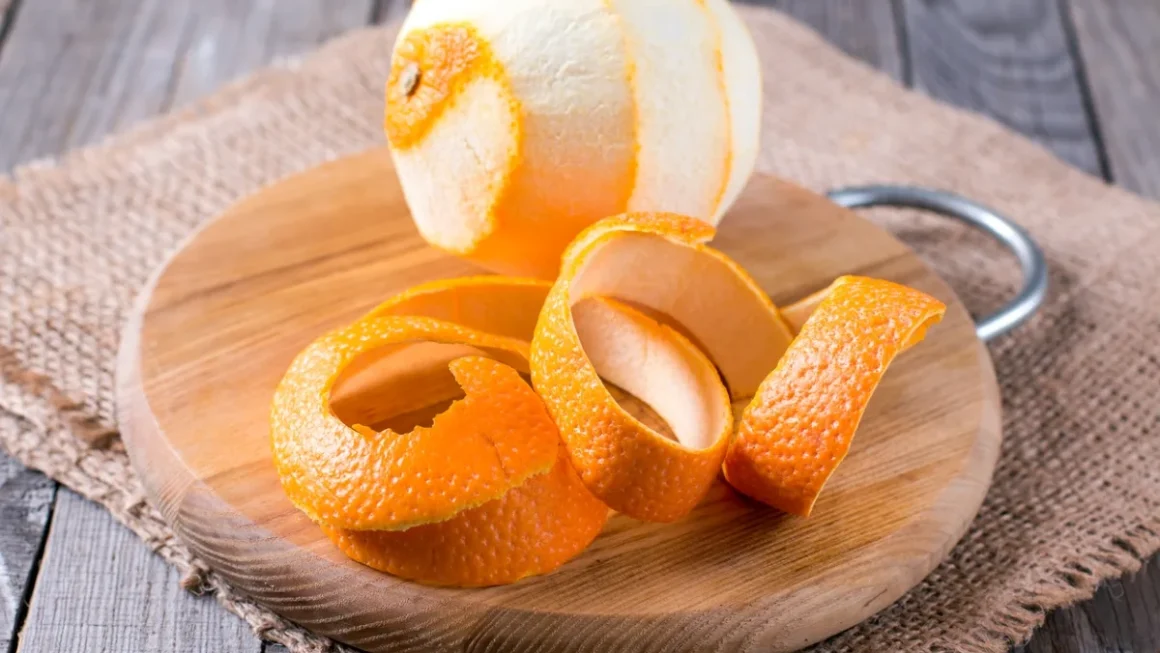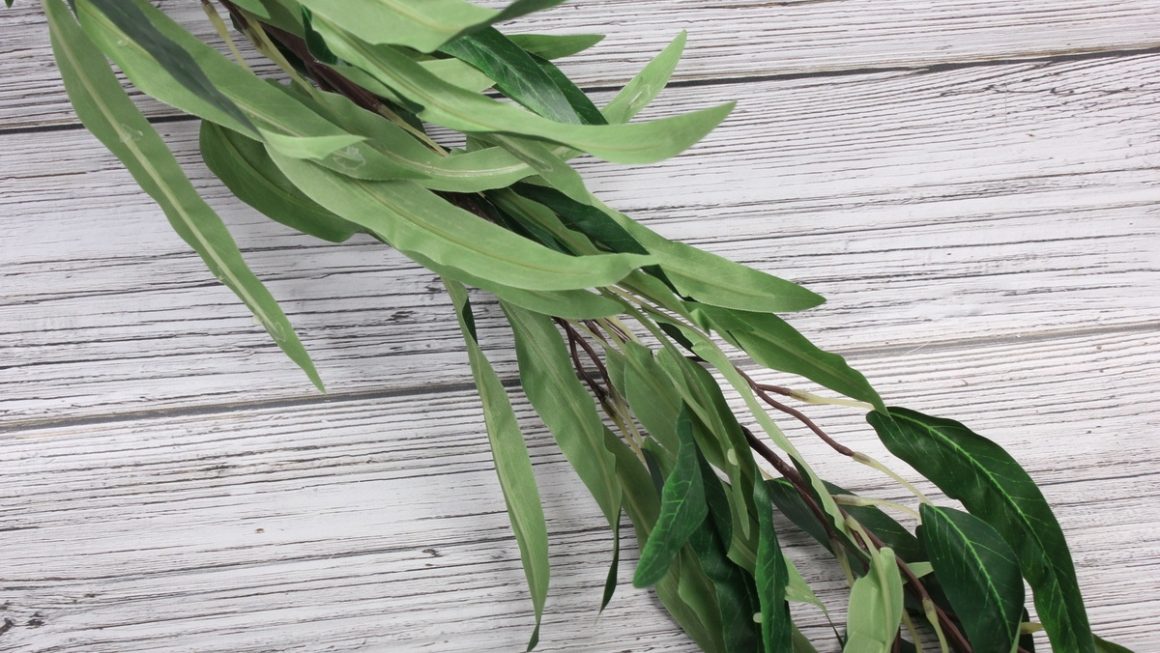Why does rust form, what factors contribute to this phenomenon, and how does it affect materials?
Rust is one of the main enemies of metal surfaces, affecting cutlery, bracelets, and taps in bathrooms and kitchens. We have all wondered at some point how to get rid of that annoying layer of rust without spending money on expensive products.
Fortunately, there are more effective and quicker methods to restore these objects to their original appearance. Here’s how to remove rust easily and without complications.
What causes rust to form?
Rust forms when metal comes into contact with moisture and oxygen, creating a chemical reaction called oxidation. This occurs as follows:
- Presence of water: water or moisture allows oxygen in the air to bind with the metal, causing oxidation.
- Prolonged contact with moisture: items that are often in contact with water, such as taps, tools or cutlery, are more prone to rusting.
- Airborne contaminants: salt particles, such as those found in coastal areas, accelerate the oxidation process.
- Storage conditions: Lack of ventilation in damp places, such as bathrooms or basements, promotes the accumulation of rust.
What are the most effective methods for removing rust quickly?
There are several methods for removing rust quickly, but the most effective is to use commercial products designed to treat oxidation. Here is a step-by-step process.
- Preparing the area and materials: Before you begin, make sure you have the following materials on hand: Protective gloves; a clean cloth or sponge; a commercial deoxidising product or rust cleaner; a stiff-bristled brush (an old toothbrush will do); water and mild detergent.
- Applying the rust remover: Apply a generous layer of phosphating rust remover to the rusted surface. These products are formulated to attack rust efficiently, quickly removing the rust layer without damaging the underlying metal.
- Allow the product to work: Leave the rust remover on the object for the time recommended in the product instructions. This usually ranges from 10 to 30 minutes, depending on the degree of rust.
- Scrub with a stiff-bristled brush: Once the product has had time to work, use a stiff-bristled brush to scrub the surface. Use circular motions to remove the accumulated rust. The brush will help loosen the rust layer without damaging the metal.
- Clean the surface with water and detergent: after brushing the object, clean the surface with a clean cloth and warm water with a little mild detergent. This will remove any remaining product and any rust residue.
- Dry thoroughly: it is crucial to dry the object well after cleaning it, as residual moisture can cause rust to reappear. Use a dry cloth or allow the object to air dry completely.
- Apply a protective coating (optional): to prevent rust from forming again, you can apply a metal protector or a light coat of oil to the surface. This creates a barrier that helps repel moisture and air.

Why are vinegar and bicarbonate of soda not the best option for removing rust?
Although vinegar and bicarbonate of soda are common home remedies for removing rust, their effectiveness is limited and they can sometimes damage sensitive surfaces. Commercial products designed for deoxidation are formulated to treat rust more effectively and safely.




